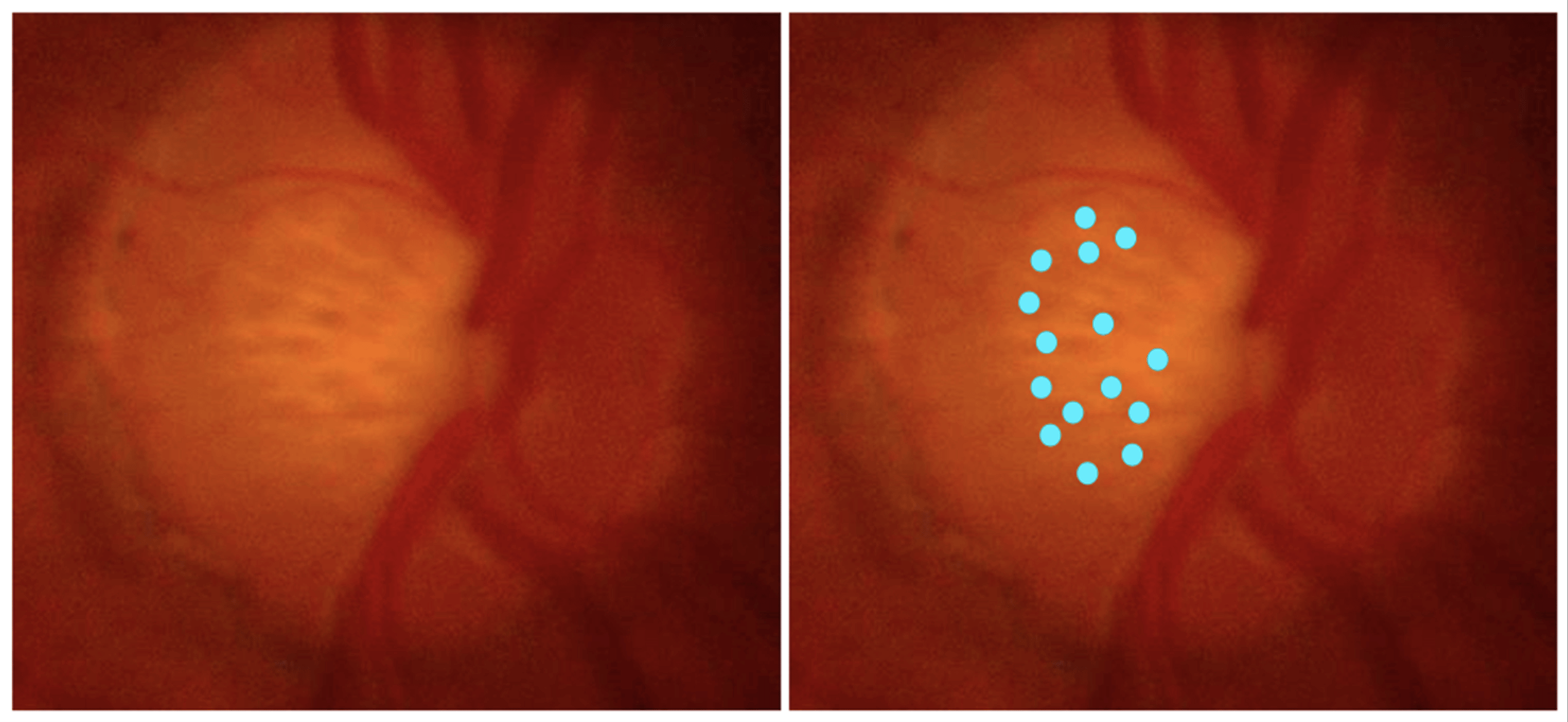Primary open-angle glaucoma (POAG) disproportionately affects individuals with African ancestry. These individuals are four-to-five times more likely to have POAG and up to 15 times more likely to experience vision loss from the disease when compared with Americans with European ancestry. Structural changes to the lamina cribrosa in glaucomatous eyes have been reported, including more frequent slit-shaped lamina cribrosa pores, posterior displacement of it and thinner thickness.
Although several studies have characterized the changes to the lamina cribrosa pores in patients with glaucoma, few have investigated the associations between such findings and demographic and ocular characteristics in African-ancestry populations. Researchers from the University of Pennsylvania investigated the prevalence of and factors associated with the presence of visible optic disc lamina cribrosa pores in a large cohort of African-ancestry individuals. They found in POAG cases that visible lamina cribrosa pores may be an important risk factor in identifying severe disease, potentially warranting closer monitoring by physicians.
 |
| Funduscopic image of optic nerve head with multiple lamina cribrosa pores (left). Blue dots highlighting the location of the pores at the ONH (right). This finding was associated with extremely large CDR, deep optic disc cups, cylindrical and bean pot-shaped cups, the nasalization of central retinal vessels and higher degrees of African ancestry. Photo: Jordan JA, et al. Vision. 2024;8(2):24. Click image to enlarge. |
All participants were ≥35 years old and self-identified as Black (African ancestry, Afro-Caribbean or African-American). A multivariate analysis of 1,187 glaucomatous eyes revealed that lamina cribrosa pores were more likely to be present in eyes with cup-to-disc ratios of ≥0.9 (adjusted risk ratio; aRR: 1.11), eyes with cylindrical-shaped (aRR: 1.22) and bean pot cups (aRR: 1.24) vs. conical cups, moderate cup depth (aRR: 1.24) and deep cups (aRR: 1.27) compared with shallow cups and the nasalization of central retinal vessels (aRR: 1.33). Eyes with lamina cribrosa pores were more likely to have a higher degree of African ancestry, as determined by genetic analysis (aRR: 0.96). The relationship between morphological changes in the lamina cribrosa between African-descent and European-descent participants was not consistent.
Cylinder-shaped and bean pot-shaped cups possibly have more severe deformation of the lamina cribrosa. “Although this has not been proven, longitudinal studies of glaucomatous eyes with imaging modalities such as spectral-domain OCT should inform us in the future as to whether conical cups progress to cylinder-shaped cups and then to bean pot cups—and whether the lamina cribrosa pores start appearing at this point,” the researchers wrote in their paper for the journal Vision. “The depth of the cups was independently associated with the presence of visible pores after adjusting for the shape of cups.”
The team noted that several morphological changes to the optic cup were associated with the presence of visible lamina cribrosa pores. These associated cup features could be surrogates for the thinning of and posterior displacement of the lamina cribrosa, laminar deformation and the structure’s curvature, which have been described by swept-source OCT.
“These results should inform those who manage patients with glaucoma, encouraging them to carefully follow patients who manifest lamina cribrosa pores in order to allow for timely treatment to prevent progression of the disease,” the study concluded.
Jordan JA, Daniel E, Chen Y, et al. Features associated with visible lamina cribrosa pores in individuals of African ancestry with glaucoma: Primary Open-Angle African Ancestry Glaucoma Genetics (POAAGG) Study. Vision. 2024;8(2):24. |


